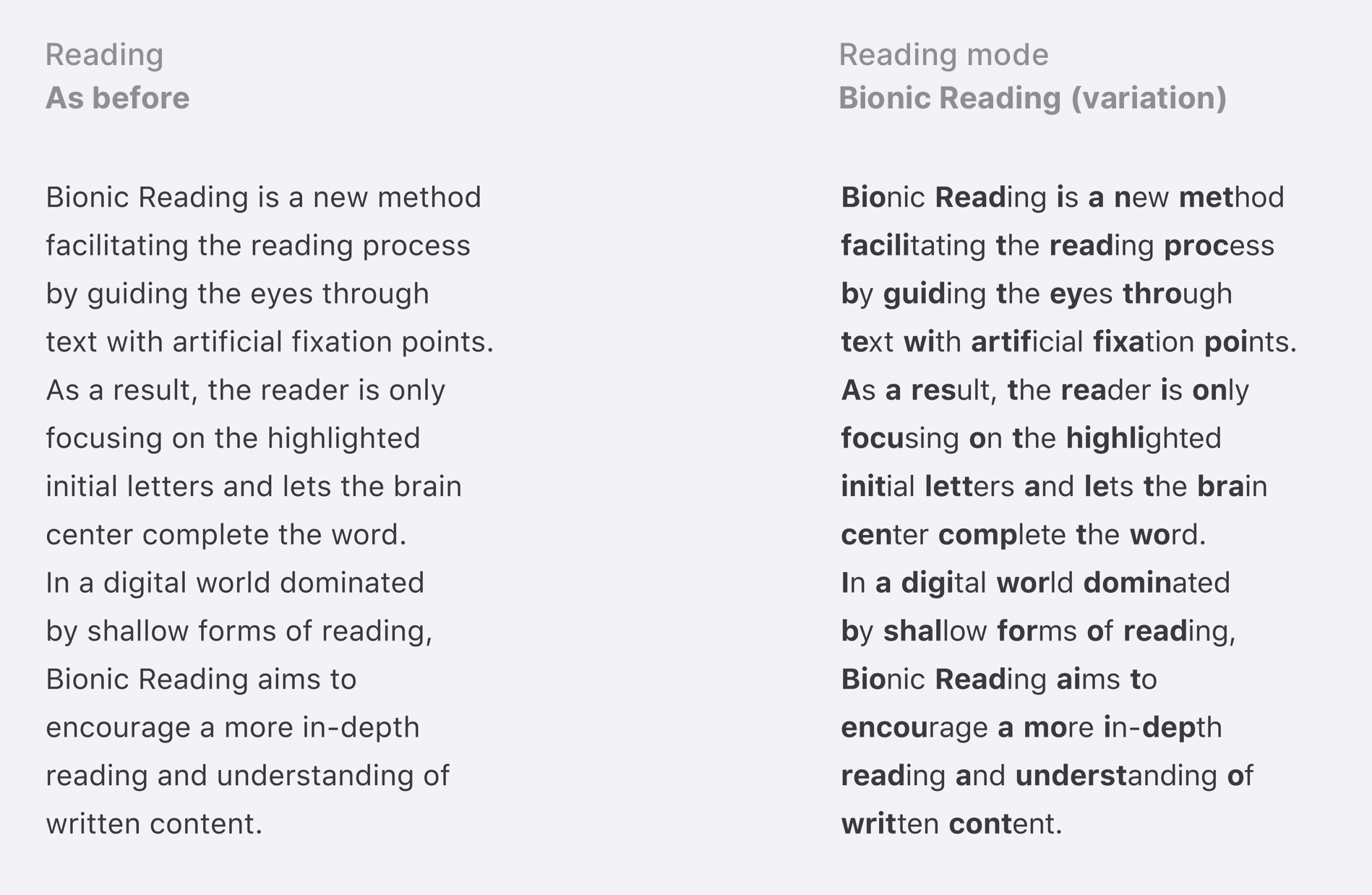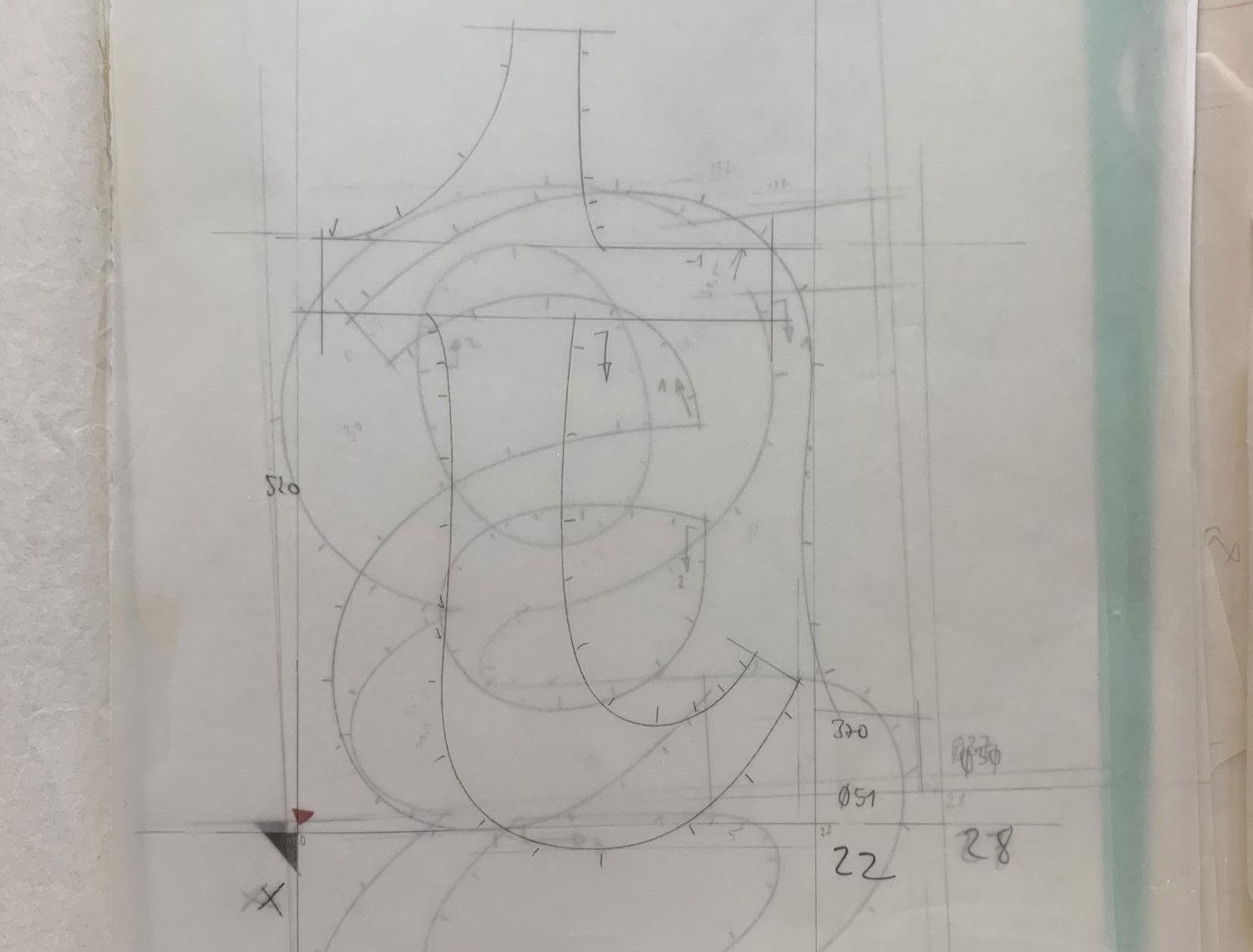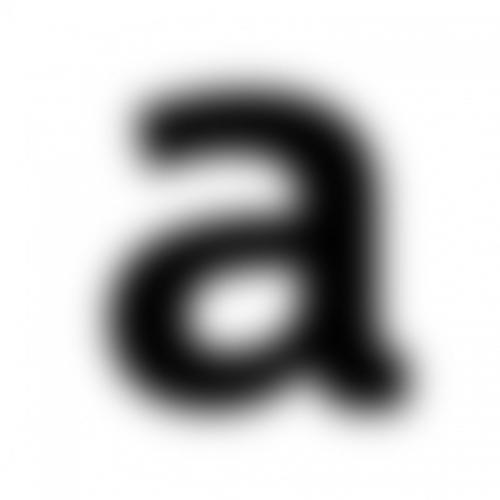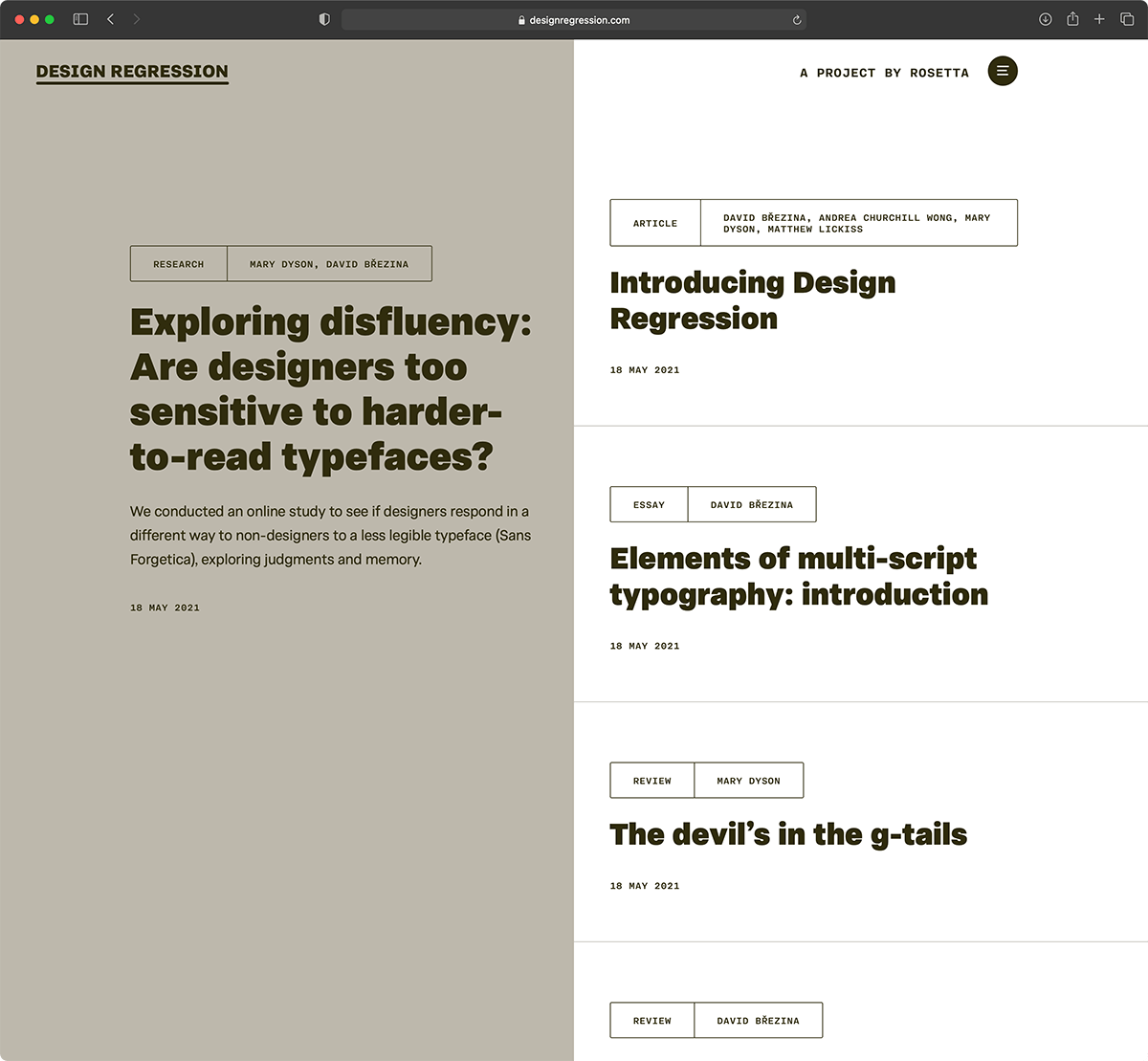The idea is simple: instead of requiring low vision readers to enlarge the letters until they become legible, a new kind of “script” is being tested, that provides the uniqueness of each character by the means of digital screens: simple block shapes + colors + animations. The combination of these features allows a full character set without requiring the level of detail of traditional typefaces.

The results look promising. According to the study, the script can be learned with similar effort than existing foreign scripts. And the legibility benefits (which means: being legible with less magnification) could be demonstrated for both readers with low and normal vision. “Increased legibility from livefonts can potentially help reduce or eliminate the magnification needed to identify letters. Sighted users can also benefit, especially people reading small text on small screens, those who wear glasses but do not always have them at hand, and people who need glasses but cannot afford them.”

The study was done by Danielle Bragg (University of Washington, Seattle, WA), Shiri Azenkot (Cornell Tech, New York, NY), Kevin Larson (Microsoft, Redmond, WA), Ann Bessemans (Hasselt University/PXL-MAD School of Arts Hasselt, Belgium), Adam Tauman Kalai (Microsoft Research Cambridge, MA).
You can read the full paper here:
https://homes.cs.washington.edu/~dkbragg/papers/livefonts.pdf
The following video provides a quick summary.










Recommended Comments
There are no comments to display.
Create an account or sign in to comment
You need to be a member in order to leave a comment
Create an account
Sign up for a new account in our community. It's easy!
Register a new accountSign in
Already have an account? Sign in here.
Sign In Now